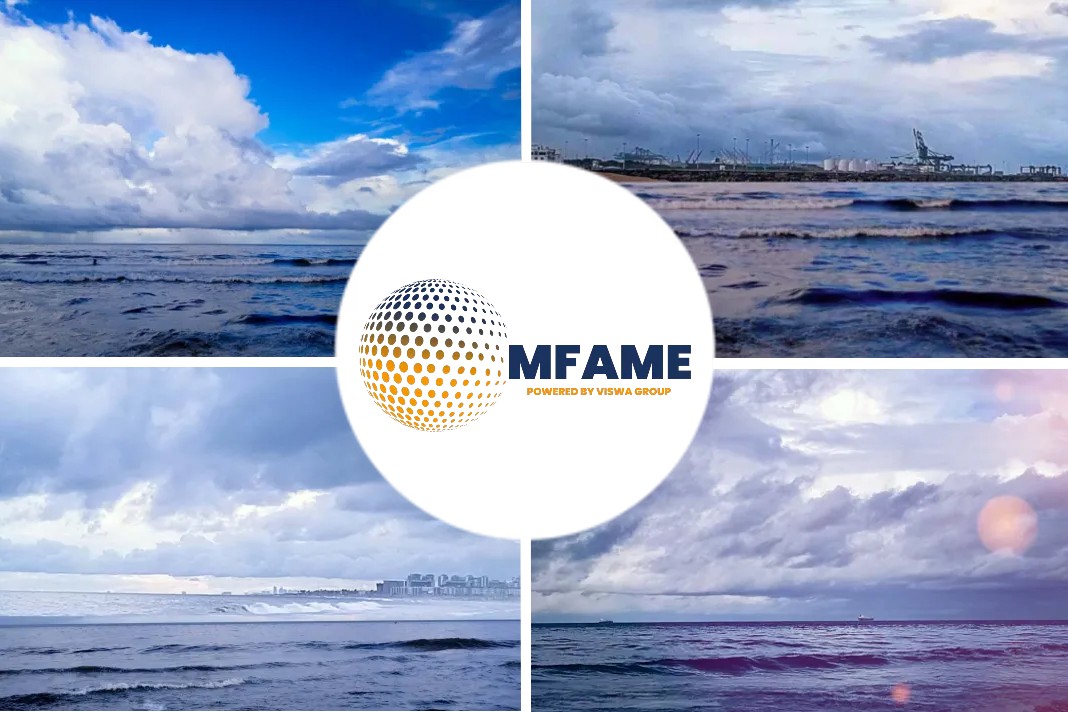- New quota seen covering three months of exports
- Domestic output unlikely to increase
- High freight curbs appetite for arbitrage cargoes
A recent news article published in the Platts states that China’s new bunker fuel export quota likely to keep LSFO prices on even keel.
Exporting bonded bunker fuel
China’s latest 3.25 million mt of quota allocated for the export of bonded bunker fuel was lower than expected, Zhoushan-based bunker traders told S&P Global Commodity Insights May 6, and unlikely to slow the firm increase in low sulfur fuel oil bunker prices amid potential supply woes.
This latest quota allocation for bonded fuel oil is only expected to last through two to three months.
Towards the end of the first quarter and through most of Q2, the impending depletion of the bonded fuel oil exports quota had fueled anxiety, leading bunker suppliers to raise their offers for delivered LSFO amid stable demand in eastern China as downstream competition eased, traders said.
They have also voiced concerns of a potential loss of demand as this latest tranche is unlikely to stem the strong rise in Zhoushan-delivered marine fuel 0.5% bunker prices.
“Some demand might be diverted from Zhoushan as delivered LSFO bunker prices have been much higher than Singapore’s,” a Zhoushan-based bunker supplier said, adding that delivered LSFO at Shanghai and Qingdao ports were offered at even higher premiums than Zhoushan.
S&P Global data showed that delivered LSFO bunker premiums in Zhoushan had hit an over two-year high of $38/mt against that of Singapore on May 6, which may discourage shipping companies from taking additional bunker fuel at the Chinese port. The spread was last assessed higher at $40/mt on Feb. 5, 2020.
LSFO bunker prices at Zhoushan
LSFO bunker prices at Zhoushan are usually more competitive than that of Singapore, the S&P Global data showed.
China typically supplements its LSFO stockpile with imports mainly from Singapore, local traders said. However, higher freight costs have tempered importers’ appetite.
Moreover, the spread between delivered and ex-wharf Zhoushan marine fuel 0.5%S bunker was assessed $5/mt higher on the day at $55/mt on May 6, S&P Global data showed, which is the widest since S&P Global started assessing the ex-wharf grade on July 1, 2021.
Intense competition in downstream markets have sometimes led suppliers to offer aggressively, with prices almost at parity with the ex-wharf grade, in order to lure demand, local traders said.
To offset barge costs, which typically includes operational, charter, and tankage fees, a $5/mt spread between the delivered and ex-wharf grades would sufficiently cover these costs.
“The strong margins have been good for suppliers, as inventories are tighter amid refinery maintenance,” a Zhoushan-based trader said May 6.
Refinery turnaround cap bunker supply
Despite the latest round of quota allocations, Zhoushan-based traders kept their optimism in check as refinery maintenances and pandemic-induced lockdowns are likely to cap production and limit LSFO supply.
Lower refinery output would weigh on downstream supply too.
As the government reduced gasoline, gasoil and jet fuel exports, Chinese refineries increased LSFO exports in the first few months of 2022.
China’s customs data showed that fuel oil exports rose 6.7% year on year in the first quarter to 5.06 million mt, S&P Global reported previously.
In April, Chinese refineries’ utilization rate was likely pressured to a two-year low as state-owned refineries’ run rate stood at 76.4%, integrated independent refineries at 77% and Shandong-based private plants at 50.1%, S&P Global had reported.
Zhoushan-based bunker suppliers said the maintenance schedule from March 15-May 28 at neighboring Sinopec’s 14.5 million mt/year Yangtze Petrochemical also limited supplies.
“Bunker demand from ocean-going vessels at out of port limits has been healthy and relatively steady,” a second bunker supplier said, adding that the recent port congestions have not affected bunker supply.
A source with PetroChina said the refiner is looking to produce 480,000 mt of LSFO in May, down from 500,000 mt in April.
Limited imports expected
Zhoushan’s import of fuel oil cargoes from Singapore would be limited in the near term, despite the new quotas, as freight costs are expected to stay lifted; thus narrowing margins.
China’s fuel oil imports totaled 2.67 million mt during the first quarter of this year, steady from the 2.69 million mt recorded during the same 2021 period.
The Zhoushan-delivered marine fuel 0.5%S premium to the FOB Singapore Marine Fuel 0.5%S cargo assessments rose $5.81/mt on the to $70.91/mt on May 6, S&P Global data showed.
The premiums hit a two-year high of $42.51/mt since April 25 and was last assessed higher at $68.59/mt on Feb. 18, 2020.
“It is difficult to find a tanker to carry the barrels from Singapore with freight [rates] also hitting highs,” a second trader said.
The freight rate for Aframaxes on the Singapore-Zhoushan route jumped by about 25% on the month to nearly $16.46/mt on May 5, according to sources.
Did you subscribe to our daily Newsletter?
It’s Free! Click here to Subscribe
Source: Platts
















